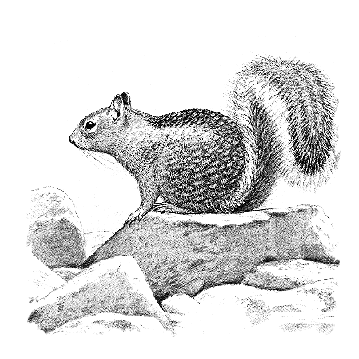
Here are other names for the Faerie as seen in literature, as well as common names from around the world.
Fays - early form of the word
Fair Family/Fair Folk - Welsh nickname
Farisees/Pharisees - Suffolk nickname
Fary - Northumberland nickname
Fees - Upper Brittany nickname
Feriers/Ferishers - another Suffolk nickname
Frairies - Norfolk and Suffolk version
Good Neighbors - Scottish and Irish nickname
Good People - Irish reference to the Sidhe
The Green Children - Faerie reference in medieval literature
Greencoaties - Lincolnshire Fen version
Greenies - Lancashire nickname
The Grey Neighbors - Shetland nickname for the Trows
Henkies - Orkney and Shetland nickname for Trows
Klippe - Forfarshire nickname
Li'l Fellas - Manx nickname
The Old People - Cornish nickname
People of Peace - Irish reference to the Sidhe
Pigsies/Piskies - Cornwall variations of Pixies
Sith/Si - Gaelic variations of Sidhe
Sleigh Beggey - Manx language version of Little Folk
The Small People of Cornwall - Cornwall variation
Still-Folk - Scottish Highland version
Themselves/They/Them that's in it - Manx replacements for "Faerie"
Verry Volk - Gower (Wales) nickname
Wee Folk - Scottish and Irish nickname
Fair Family/Fair Folk - Welsh nickname
Farisees/Pharisees - Suffolk nickname
Fary - Northumberland nickname
Fees - Upper Brittany nickname
Feriers/Ferishers - another Suffolk nickname
Frairies - Norfolk and Suffolk version
Good Neighbors - Scottish and Irish nickname
Good People - Irish reference to the Sidhe
The Green Children - Faerie reference in medieval literature
Greencoaties - Lincolnshire Fen version
Greenies - Lancashire nickname
The Grey Neighbors - Shetland nickname for the Trows
Henkies - Orkney and Shetland nickname for Trows
Klippe - Forfarshire nickname
Li'l Fellas - Manx nickname
The Old People - Cornish nickname
People of Peace - Irish reference to the Sidhe
Pigsies/Piskies - Cornwall variations of Pixies
Sith/Si - Gaelic variations of Sidhe
Sleigh Beggey - Manx language version of Little Folk
The Small People of Cornwall - Cornwall variation
Still-Folk - Scottish Highland version
Themselves/They/Them that's in it - Manx replacements for "Faerie"
Verry Volk - Gower (Wales) nickname
Wee Folk - Scottish and Irish nickname
Did you know that the difference between Angel wings and Faerie wings are;
Angels wings are like birds, and Faeries are like butterflies...


.jpg)




.jpg)



